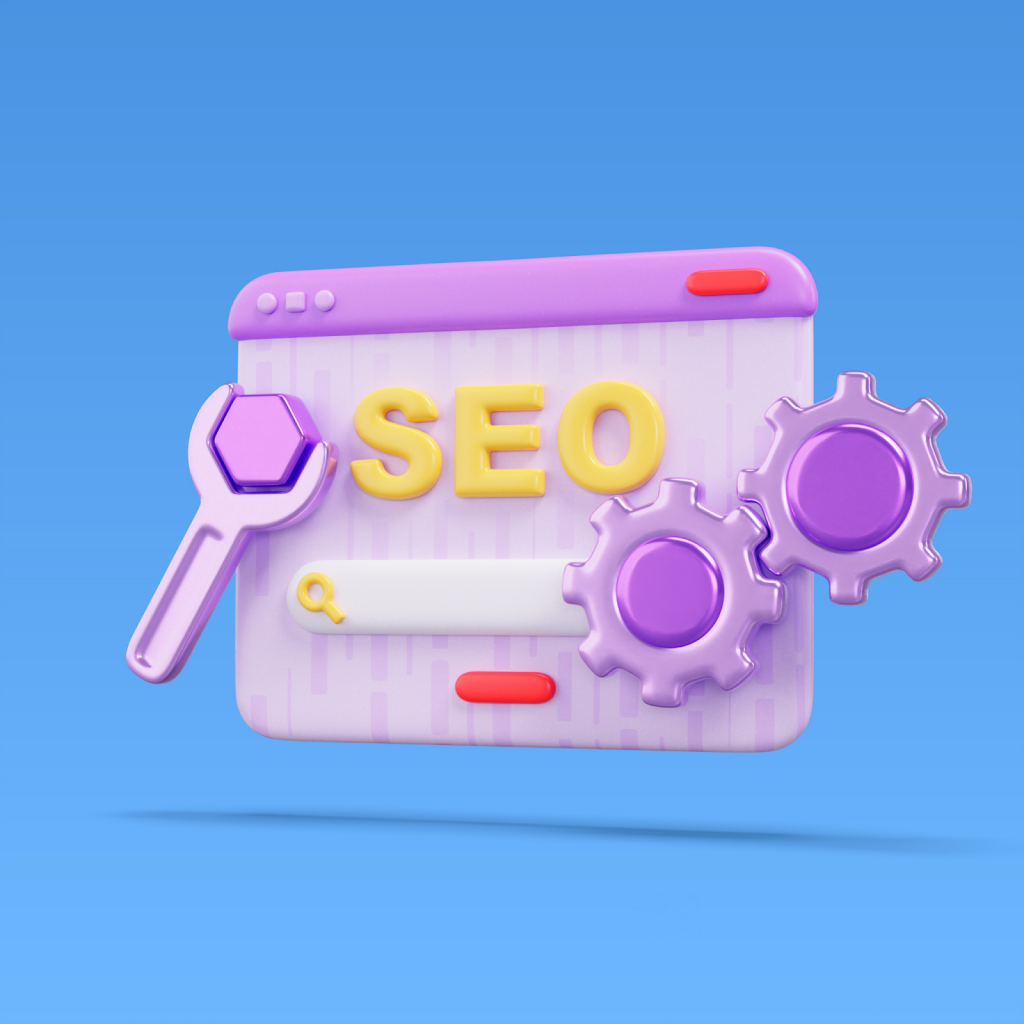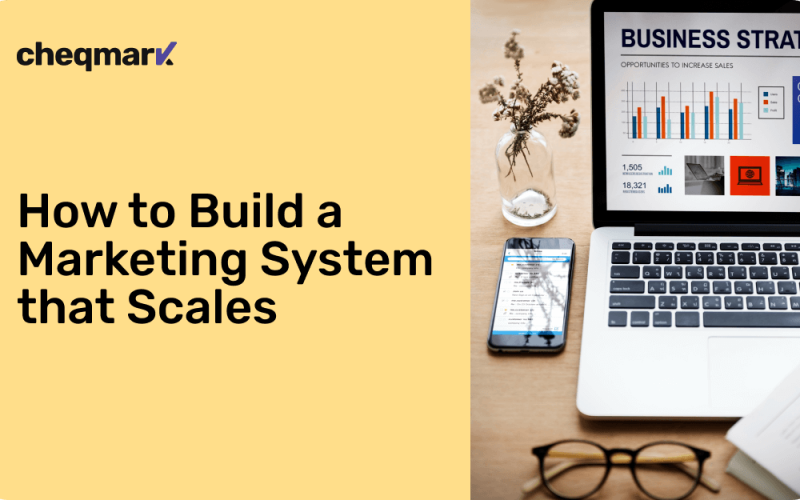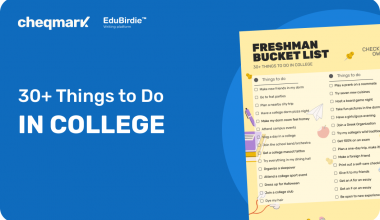Building sustainable growth requires more than executing sporadic campaigns. The difference between businesses that thrive and those that plateau often comes down to systems rather than tactics. While paid advertising delivers immediate results, those results vanish the moment you stop spending. SEO and link building, on the other hand, create compounding returns that strengthen over time.
This article examines how to architect a marketing system where each component feeds into the next, creating a self-reinforcing engine for visibility and lead generation. We will explore the core architecture, tactical execution, workflow standardization, and measurement frameworks that turn disconnected efforts into scalable systems.
What Does a Scalable Marketing System Mean
A scalable marketing system operates as a repeatable engine that drives leads and visibility without proportional increases in time or resources. Unlike campaign mode thinking, where each initiative starts from scratch, a true system builds upon previous work. Content compounds, authority accumulates, and distribution channels expand organically.

SEO and link building stand apart from most marketing channels because they create lasting assets. A well-earned backlink continues passing authority for years. Optimized content keeps attracting traffic long after publication. This compounding nature makes them foundational to any scalable approach. When implemented correctly, these channels feed themselves through network effects and accumulated momentum.
Core Components of a Marketing System that Scales
Content Engine
Your content machine needs structure beyond individual blog posts. Topic clusters organized around pillar pages create an internal architecture that search engines can crawl efficiently. Each supporting article reinforces the pillar, building topical authority that helps every piece rank better than it would in isolation.
Technical Foundation
Site structure, page speed, and crawlability determine whether your content can even compete. Technical excellence ensures that as you add pages, they integrate smoothly into your site hierarchy. Mobile responsiveness, schema markup, and proper site architecture are non-negotiable elements.
Authority and Trust Signals
Backlinks remain fundamental ranking factors, but modern SEO requires understanding them as trust signals rather than mere vote counting. Quality matters more than quantity, and establishing relationships with reputable sites is crucial for many businesses. Working with experienced specialists like Backlinkers can help teams operationalize scalable link acquisition without building entire departments from scratch.
Distribution and Amplification
Even exceptional content needs initial momentum. Social promotion, email syndication, and strategic outreach help content reach the audiences that might naturally link to it. This amplification creates the conditions for organic link acquisition to occur.
Feedback and Optimization Loop
Analytics, rank tracking, and conversion monitoring tell you what works. Without measurement and iteration, you cannot improve systematically. Regular audits identify opportunities and problems before they compound.
These components depend on each other. Great content without links struggles to rank. Technical problems limit indexing regardless of content quality. Distribution without measurement wastes effort. Many successful teams recognize that building authority at scale often requires specialized expertise, which is why evaluating the best link building providers becomes essential when internal resources are limited. The system works when all parts function together, whether handled in-house or through strategic partnerships.
The Role of SEO in the Scalable System

On-Page Optimization
Keyword targeting, strategic internal linking, and content structure form the foundation of on-page SEO. Each page needs a clear topical focus while connecting to related content throughout your site. Header hierarchy, meta descriptions, and semantic markup help search engines understand what each page covers. As you publish more content, this internal architecture becomes increasingly valuable for distributing authority and guiding both users and crawlers through your site.
Technical SEO Excellence
Site architecture determines how well search engines can discover and understand your content. Crawl budget optimization becomes critical for larger sites. XML sitemaps, robots.txt configuration, and proper canonicalization prevent duplicate content issues. Core Web Vitals affect both user experience and rankings. Structured data markup helps search engines display rich results.
Compounding Visibility
SEO ensures that as you add content and earn links, visibility compounds rather than plateaus. Each new quality page can rank for multiple keywords. Each optimization improves not just one page but potentially dozens through internal link distribution. This multiplier effect is what makes SEO scalable in ways that paid channels cannot match.
Link Building as the Growth Lever
Why Links Matter
Backlinks signal authority, drive referral traffic, and establish trust in ways that on-page factors alone cannot achieve. A single high-quality link can continue benefiting your site for years. This longevity makes link building fundamentally different from ad spend that delivers only while you continue paying.
| Link Building vs Paid Advertising | |
| Link Building | Paid Advertising |
| A permanent asset that continues working | Stops immediately when the budget ends |
| Increases in value over time | No compounding returns |
| Builds domain authority | No lasting SEO benefit |
| Often requires relationships | Purely transactional |
Approaches to Scalable Link Building
Several reliable approaches have emerged from examining the best link building methodologies:
- Content-driven link acquisition involves creating linkable assets that naturally attract mentions. Research studies, comprehensive guides, original data, and useful tools earn links organically when promoted correctly. The key is building something genuinely valuable rather than hoping mediocre content will succeed.
- Outreach and relationship-building systematize guest posting, digital PR, and influencer engagement. Templates help, but personalization remains essential. Building genuine relationships with other content creators in your space creates long-term link opportunities.
- Reclamation strategies recover unlinked brand mentions and fix broken links pointing to your content. These tactics work well because the website owner has already found your brand relevant enough to mention.
- Tiered link architecture uses supporting content to strengthen your most important pages. Not every backlink needs to point directly at money pages. Building authority across your entire site creates a rising tide that lifts priority pages.
Critical Warnings
Avoid shortcuts that risk penalties. Link farms, private blog networks, and excessive exact-match anchor text can trigger algorithmic or manual actions that devastate rankings. Quality always trumps quantity in sustainable link building.
Scaling link building requires standardization through templates for outreach, vetting criteria for link prospects, and systematic follow-up processes. Without these systems, efforts become chaotic as volume increases.
Measuring, Monitoring, and Adjusting for Scale
Key Performance Indicators
Organic traffic growth shows whether your efforts translate into visibility. New referring domains indicate link building success. Link velocity reveals momentum. Keyword rankings provide granular performance data. Most importantly, track leads and revenue from organic channels to prove business impact.
Leading Versus Lagging Indicators
Content published and outreach emails sent are leading indicators that predict future results. Rankings and traffic are lagging indicators that show what worked. Monitor both to understand current performance and forecast future outcomes.
Regular Audit Cadence

Quarterly technical audits catch problems before they compound. Monthly link profile reviews identify lost links and toxic ones. Continuous content performance analysis reveals what topics and formats work best. Use these insights to refine your content mix, outreach targeting, and internal linking strategy.
Bottom Line
SEO and link building provide compounding returns when implemented as integrated systems rather than disconnected tactics. The architecture outlined here transforms marketing from a cost center into an asset that appreciates over time. Start by auditing your current content and identifying your strongest linkable assets. List potential outreach prospects in your industry. Focus on building one component well before adding complexity. Sustainable growth comes from patient system building rather than chasing short-term tactics that deliver quick wins without lasting value.


